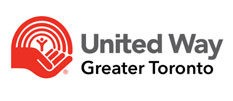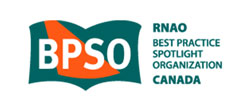Project: Monitoring and Early Intervention of Catheter-Related Site Infections
Compared against the relatively stringent regulatory standards required of hospitals and outpatient clinics, the patient home environment may present increased risk for infection at line sites, although little is known regarding the incidence in home care.
The environmental context requires nurses making scheduled home visits to be hyper-vigilant in recognizing signs and symptoms of potential catheter-related infection as early as possible to support management and treatment to mitigate negative outcomes. To support this practice, VHA embarked on a related quality improvement and client safety initiative in this area.
- Provided a more robust selection of signs and symptoms associated with local and systemic infections (as determined by subject matter experts and available literature)
- Improved ability to track the incidence of symptoms
- Provided clinical decision support prompt to promote early recognition and intervention for catheter site related infections
An educational infographic was shared as a training tool for nurses regarding the improvements. Analysis of results show that only two cases of possible line infections presented. This finding contributes information regarding this potential incidence of acquired infection in the home care setting. In these cases, the clinical decision prompts combined with nursing clinical judgment resulted in immediate intervention whereby symptoms in both cases were positively resolved.
This quality improvement initiative created a thoughtful, systematic and standardized patient safety approach to assessing and acting on catheter-related infections in home care and can be applied to monitoring and managing symptoms associated with other types of infections, such as urinary catheter-related infections, wound site infections, etc. Leveraging the electronic medical record to support nurses in clinical-decision making at the bedside is a valuable tool to be considered to promote best practices.



